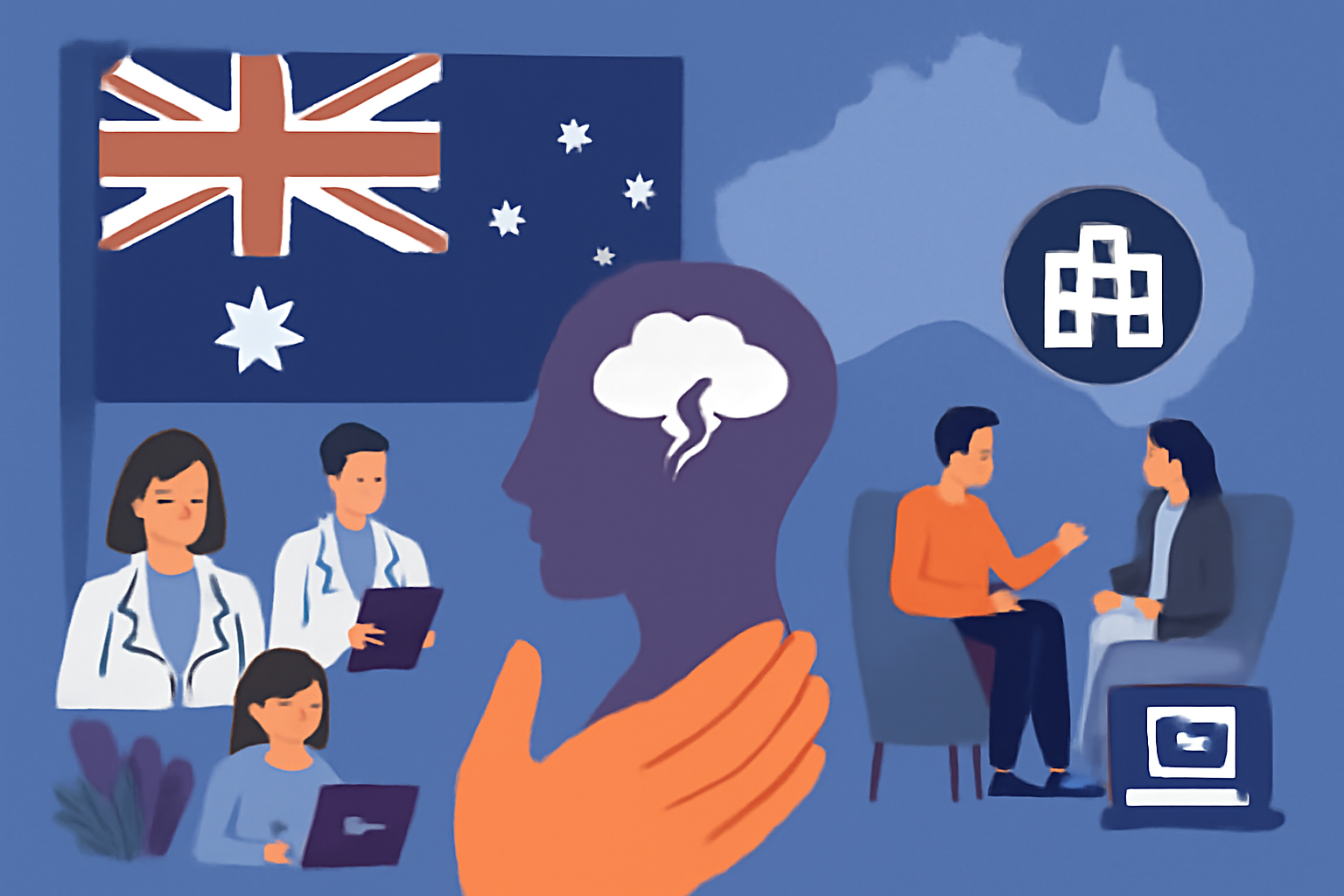Australia has been grappling with a growing mental health crisis, with rising rates of mental illness, particularly among young people and vulnerable populations. The country’s mental health system has developed rapidly in response, addressing both the rising demand for mental health care and the complex nature of psychological crises. From legislative efforts to innovative digital solutions, Australia is actively working to improve its mental health services, aiming to ensure timely access to care for those in need.
The Australian government has significantly increased funding for mental health services in recent years, with a particular focus on prevention and early intervention. The National Mental Health Strategy, for example, has focused on reducing the burden of mental health issues through targeted programs aimed at improving the quality of life for those suffering from mental illness. It also aims to reduce the stigma associated with mental health issues, making it easier for Australians to seek help when required.
One of the most significant changes to the system has been the creation of specialized helplines such as Beyond Blue and Lifeline. These services offer 24/7 support to individuals in crisis, providing access to trained counselors and mental health professionals who can offer immediate guidance, and if necessary, connect callers with further mental health resources. Beyond Blue, for instance, has proven to be an essential lifeline, offering support not only to individuals in acute distress but also offering resources for ongoing mental health management.
The expansion of youth-focused services has also been a priority. Headspace, an initiative aimed at supporting the mental health of young Australians, provides vital services for adolescents dealing with anxiety, depression, and other mental health issues. This initiative highlights the importance of early intervention and peer support, which has proven effective in engaging young people who might otherwise be reluctant to seek help.
In addition to these support services, there has been a growing emphasis on integrating mental health care with primary health services. The Medicare-funded Mental Health Treatment Plan allows GPs to refer patients for subsidized mental health services, which include psychological therapy and counseling. This integration helps make mental health care more accessible and ensures a more holistic approach to patient care, where mental health is treated alongside physical health.
Another significant step forward has been the rapid adoption of digital mental health solutions. Digital platforms and telehealth have become increasingly important, especially in regional and remote areas where mental health services are less accessible. These platforms allow individuals to access counseling, therapy, and mental health resources online, improving accessibility and convenience for those who may not otherwise be able to seek help.
While these advancements are commendable, challenges still persist. The shortage of mental health professionals, particularly in rural areas, continues to be a barrier to adequate care. Moreover, despite increased public awareness, stigma surrounding mental health issues remains, making it difficult for some individuals to seek help. Continued government investment in mental health care infrastructure, along with initiatives that reduce stigma, is essential for ensuring that all Australians can access the care they need.



